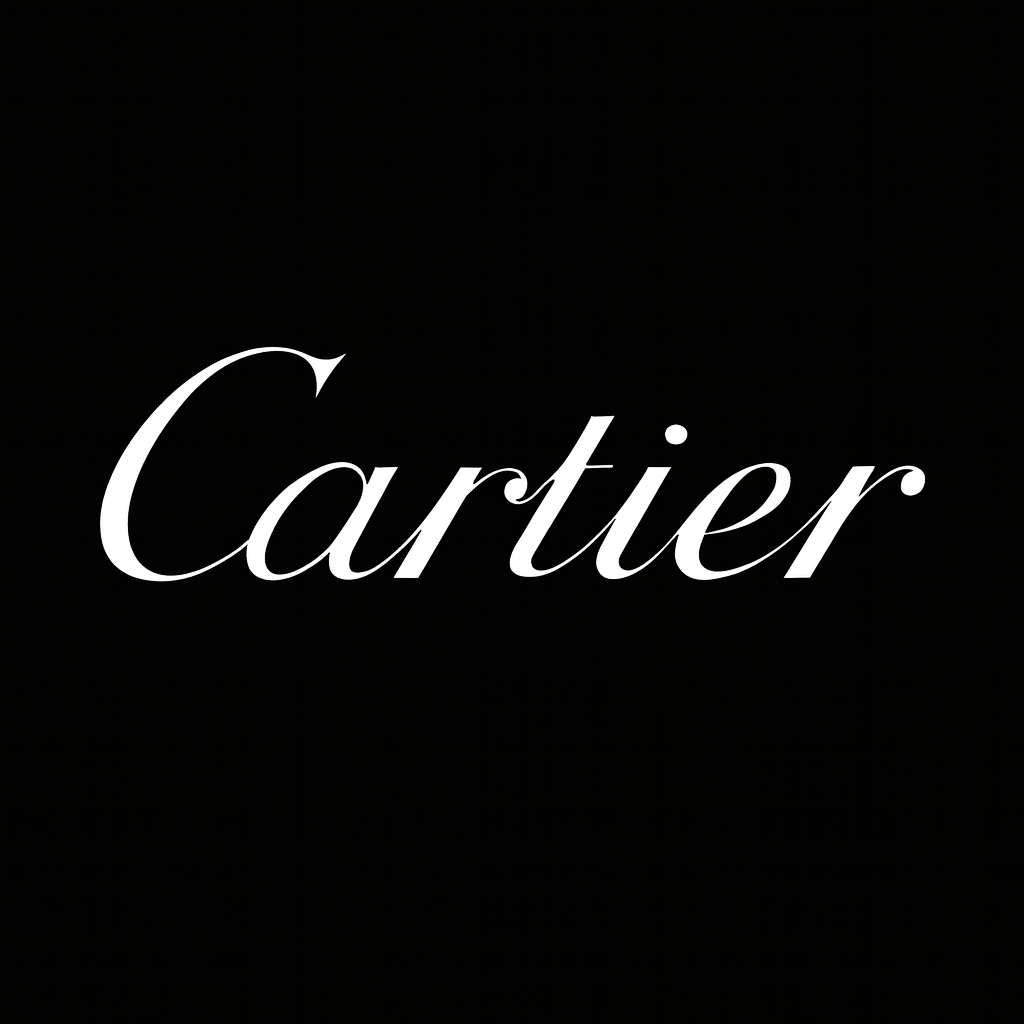
Cartier
When you think of Cartier, you don’t just think of jewelry. You think of the alchemy of Power, Love, and Legend turned into gold and diamonds. Few maisons have mastered this alchemy as Cartier has. Its genius lies in taking the intangible (royalty, war, passion, freedom) and crystallizing it into objects that carry both beauty and narrative weight. This is why Cartier isn’t simply a jeweller; it’s a cultural narrator.
Louis-François Cartier opened his Parisian workshop in 1847. Less than sixty years later, King Edward VII of England famously declared Cartier “the jeweller of kings, and the king of jewellers.” In Luxury credibility & prestige comes from royal recognition ( being seen on the right stage, by the right people), not from advertising.
Royal warrants soon followed from Spain, Russia, Portugal… placing Cartier firmly in the orbit of power. The three Cartier grandsons (Louis, Pierre, and Jacques) expanded globally, sourcing extraordinary gems from India and the Persian Gulf. Not a supply chain management but a strategy of luxury: controlling access to the rarest, most symbolic raw materials.
And then came Cartier’s technical revolution: the wristwatch. At a time when pocket watches were the norm, Louis Cartier created the Santos and later the Tank. The Tank, born in 1917, drew its lines from the Renault tanks rolling across the battlefields of World War I. Brutal machinery was transformed into modern elegance; a perfect example of how Cartier links history’s grand dramas to personal objects of desire.
The Panther
Every luxury brand has its totem. For Cartier, it is the Panthère. This story begins with Jeanne Toussaint, Cartier’s creative director from 1933 to the 1970s, and one of the few women leading in a male-dominated industry. Under her vision, Cartier broke away from rigid Art Deco toward something more sensual, whimsical, alive. Nicknamed “La Panthère,” she turned the animal into Cartier’s most enduring emblem.
For women of the era (most famously the Duchess of Windsor) wearing the Panthère was not about jewelry; it represented independence, elegance, seduction, and power in a male-dominated world.
Cartier doesn’t just sell objects. It sells stories you can wear.
The Patiala Necklace: A Jewel That Disappeared
In 1925, Maharaja Bhupinder Singh of Patiala commissioned the largest single order Cartier had ever received: a necklace with nearly 3,000 diamonds, anchored by the 234-carat De Beers diamond. It was extravagance incarnate.
But then the story twisted. Around 1948, the necklace vanished. For half a century, it lived as myth, until 1998, when fragments resurfaced in a London second-hand shop. Cartier bought them back and spent years restoring the piece, substituting synthetic stones where the originals were lost. The necklace’s value today is not only in carats but in the story of loss and rebirth. Cartier shows how luxury objects accumulate meaning over time.
The Love Bracelet: Desire with a Screwdriver
Then, of course, there is the Love Bracelet, which designer Aldo Cipullo created in 1969, inspired by medieval chastity belts, it could only be locked or unlocked with a special screwdriver, usually held by a partner, it ritualized commitment in a way that no mass-market brand would dare.
In its early years, Cartier even controlled distribution: the bracelet had to be bought as a gift for a partner, never for oneself. A social ritual, enforced by the maison itself. By dictating the rules of ownership, Cartier turned a simple bangle into a symbol of eternal love, and created one of the most iconic luxury products of the 20th century.
That’s why Cartier is more than a jeweller. It’s a storyteller in diamonds.
By
July 19, 2024
.png)
.png)


